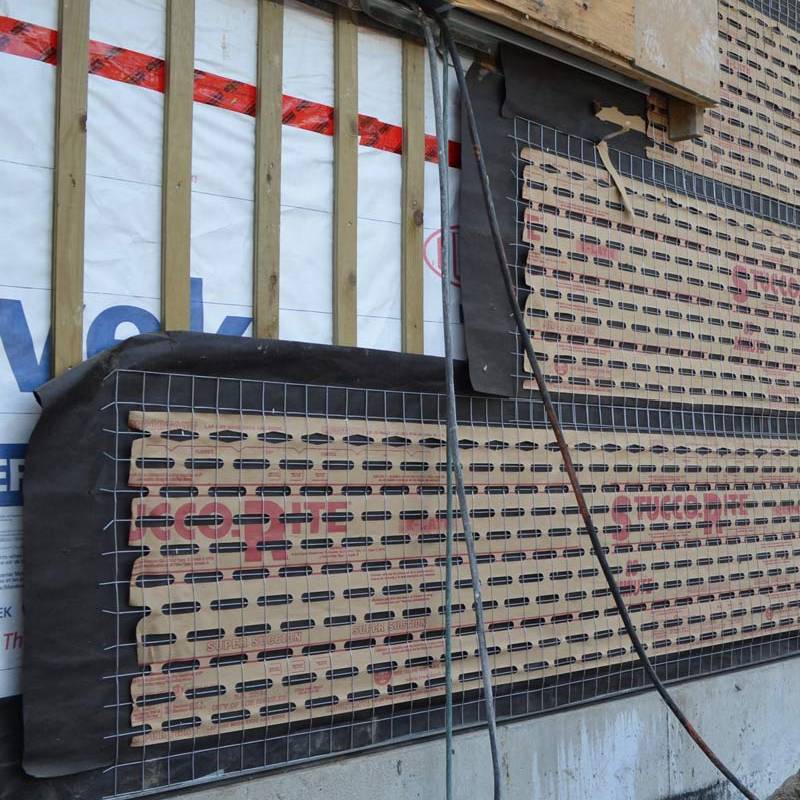
- Mobile Phone
- +8613931874955
- sales@cntcmetal.com
block wall ties
Understanding Block Wall Ties Essential Components for Structural Integrity
In the world of construction and architecture, every component plays a critical role in ensuring the durability and stability of a structure. Among these components, block wall ties are essential elements that often go unnoticed by the general public. However, their importance cannot be overstated when it comes to maintaining the integrity of masonry walls.
What Are Block Wall Ties?
Block wall ties, commonly known as masonry ties or wall ties, are metal connectors that are used to secure the masonry, such as blocks or bricks, to other structural components, including steel or concrete frames. Their primary purpose is to provide lateral support, helping to prevent the wall from bowing or collapsing under stress. Typically made from materials like galvanized steel or stainless steel, block wall ties are designed to resist corrosion and ensure longevity in various environmental conditions.
The Importance of Block Wall Ties
1. Structural Stability The primary function of block wall ties is to enhance the stability and strength of masonry walls. Without proper ties, masonry walls can become unstable, especially in areas subject to high winds, seismic activity, or heavy loads. Block wall ties distribute loads and prevent displacement, which is critical for the overall safety of the structure.
2. Preventing Cracks In masonry construction, cracking is a common issue that can arise due to several factors, including temperature changes, moisture content, and foundation settlement. Block wall ties help manage these stresses by allowing for some movement while still maintaining the integrity of the wall. This movement, if controlled properly, reduces the likelihood of cracks forming in the masonry.
3. Facilitating Expansion and Contraction Both block and brick materials expand and contract with temperature changes. Block wall ties accommodate this movement, which is particularly important in climates with significant temperature fluctuations. By allowing for some flexibility, these ties help maintain a continuous bond between the wall and its supporting structure.
4. Enhancing Wall Performance Wall ties also play a vital role in enhancing the overall performance of exterior walls. They facilitate the proper shedding of rainwater, prevent moisture infiltration, and contribute to the wall's thermal and acoustic insulation properties. This is especially beneficial in regions where energy efficiency is prioritized, reducing heating and cooling costs for homeowners.
block wall ties

Types of Block Wall Ties
There are various types of block wall ties designed for specific applications and conditions. Some common types include
- Horizontal ties These are placed at regular intervals horizontally across the wall. They provide continuous support and resist lateral forces. - Vertical ties Positioned vertically, these ties connect the wall to the structural framework, providing additional stability. - Restraint ties Used when masonry walls are built in conjunction with other materials, such as wood or steel frames, these ties help hold the two materials together securely.
- Alternate ties These come in various materials and configurations, designed for specific building codes and environmental conditions.
Installation Considerations
Proper installation of block wall ties is crucial for ensuring their effectiveness. Construction professionals must follow local building codes and regulations, which dictate the spacing, type, and installation method for ties. Typically, ties should be installed at specified intervals (often every 16 inches) and should be anchored securely. Additionally, ensuring that the ties align properly with mortar joints in the masonry is essential for optimal performance.
Conclusion
In conclusion, block wall ties are fundamental components in masonry construction that significantly contribute to the structural integrity, durability, and performance of walls. While they may not be as visible as other building elements, their role in stabilizing structures and preventing damage is invaluable. As the construction industry continues to evolve, understanding and properly implementing block wall ties will remain essential to creating safe and resilient buildings tailored to withstand the challenges of the environment. For homeowners and builders alike, acknowledging the importance of these humble yet mighty components can make all the difference in the longevity and safety of a structure.
share:
-
Yard Sign Stakes: Reliable Guardians of Outdoor SignsNewsAug.04,2025
-
Wall Ties: Invisible Guardians of Building StabilityNewsAug.04,2025
-
Resilient Web: The Super Guardian Power of Concrete MeshNewsAug.04,2025
-
Masonry Accessories: A versatile assistant on building foundationsNewsAug.04,2025
-
Iron Binding Wire: the 'invisible reinforcement specialist' in the fields of architecture and industryNewsAug.04,2025
-
Dynamic Spring: The diverse functions and excellent performance of Wire Tension SpringNewsAug.04,2025
-
Your Source for Concrete Wall Ties and Masonry AccessoriesNewsJul.10,2025



















